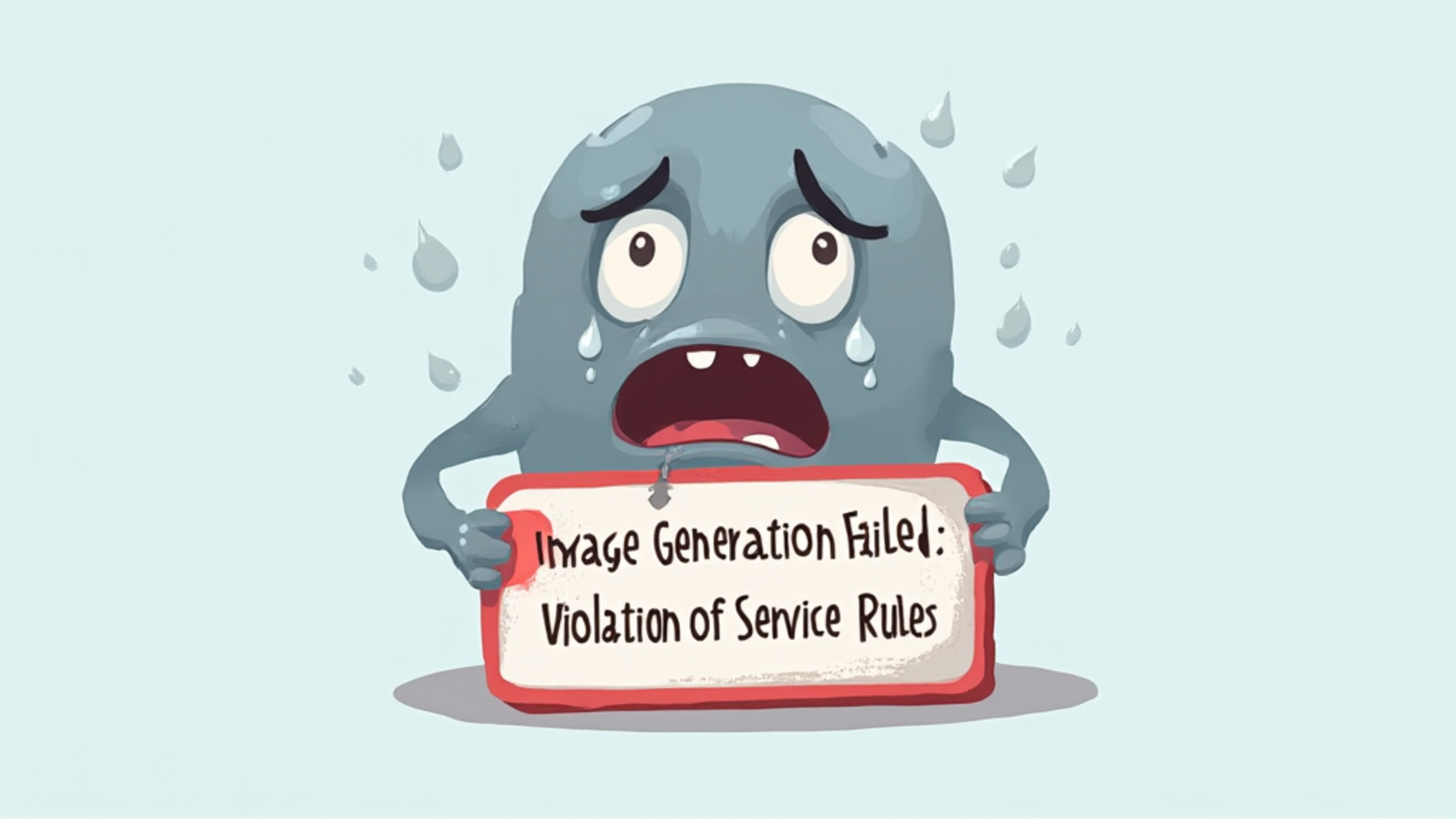Introduction to Inflation and Its Impact on Savings
Understanding Inflation: Causes and Effects
Inflation represents the rate at which the general level of prices for goods and services rises, eroding purchasing power. This phenomenon can significantly impact savings, as the real value of money diminishes over time. Individuals may find that their savings yield let down returns than inflation rates, leading to a decrease in financial security. It’s crucial to understand this dynamic. Many people overlook inflarion’s effects. As a result , they may not adequately prepare for future expenses. Investing in assets that outpace inflation is essential for wealth preservation. This strategy can safeguard against the erosion of savings.
The Historical Context of Inflation and Savings
Historically, inflation has fluctuated due to various economic factors, including supply and demand dynamics. These fluctuations have directly influenced savings behavior. During periods of high rising prices, individuals often seek to invest rather than hold cash. This shift can lead to a more volatile financial landscape. Many people fail to recognize these patterns. Understanding historical trends is vital for informed decision-making. Knowledge empowers individuals to protect their assets effectively.
The Role of Cryptocurrency in Combating Inflation
How Cryptocurrencies Function as a Hedge Against Inflation
Cryptocurrencies, particularly Bitcoin, are often viewef as a hedge against inflation due to their limited supply. This scarcity contrasts with fiat currencies , which can be printed in unlimited quantities. Consequently, as inflation rises, the value of cryptocurrencies may increase. Many investors recognize this potential. Additionally, cryptocurrencies offer decentralized control, reducing reliance on traditional financial systems. This independence can be appealing during economic instability. Understanding these dynamics is crucial. Knowledge is power in finance.
Case Studies: Successful Use of Crypto During Inflationary Periods
During hyperinflation in Venezuela, many citizens turned to Bitcoin as a means of preserving wealth. This shift allowed them to bypass the devaluation of the national currency. Furthermore, in Turkey, rising inflation rates prompted increased interest in cryptocurrencies. Investors sought alternatives to safeguard their assets. These examples illustrate the practical application of crypto in turbulent economic climates. Awareness is essential for financial security. Understanding these case studies is beneficial.
Diversifying Your Investment Portfolio
Importance of Asset Diversification
Asset diversification is crucial for mitigating risk in investment portfolios. By spreading investments across various asset classes, individuals can reduce the impact of market volatility. This strategy enhances the potential for stable returns. Many investors overlook this principle. Additionally, diversification can protect against inflationary pressures. A well-balanced portfolio often includes stocks, bonds, and cryptocurrencies. Knowledge of asset classes is vital. Understanding diversification leads to better financial decisions.
Integrating Cryptocurrencies into Your Portfolio
Integrating cryptocurrencies into an investment portfolio can enhance diversification and potential returns. By allocating a portion of assets to digital currencies, investors can hedge against traditional market fluctuations. This approach may reduce overall portfolio risk. Many investors are unaware of these benefits. A balanced portfolio might include:
Understanding this storage allocation is essential. Knowledge leads to informed investment choices.
Stablecoins: A Safe Haven in Volatile Markets
What Are Stablecoins and How Do They Work?
Stablecoins are cryptocurrencies designed to maintain a stable value, typically pegged to fiat currencies like the US dollar. This stability makes them attractive during market volatility. Many investors use stablecoins to preserve capital. They can facilitate transactions without the risk of significant price fluctuations. Common types include fiat-collateralized, crypto-collateralized, and algorithmic stablecoins. Understanding these categories is important. Knowledge empowers better financial decisions.
Benefits and Risks of Using Stablecoins
Stablecoins offer several benefits, including price stability and liquidity. They allow for quick transactions without significant price risk. Many investors appreciate this feature. However, risks exist, such as regulatory scrutiny and potential loss of peg. These factors can affect their reliability. Understanding these benefits and risks is essential. Knowledge is crucial for informed decisions.
Utilizing Decentralized Finance (DeFi) for Savings
Introduction to DeFi: Opportunities and Challenges
Decentralized Finance (DeFi) offers innovative savings opportunities through smart contracts. These platforms can provide higher interest rates compared to traditional banks. Many investors are exploring these options. However, challenges include security risks and market volatility. Users must understand these factors. Awareness is key for effective participation.
How to Earn Passive Income Through DeFi Platforms
Earning passive income through DeFi platforms involves lending or staking cryptocurrencies. By providing liquidity, individuals can earn interest on their holdings. This method often yields higher returns than traditional savings accounts. Many investors are drawn to these opportunities. However, he must consider the associated risks. Understanding the platform’s mechanics is essential. Knowledge leads to better investment choices.
Strategies for Long-Term Wealth Preservation
Setting Financial Goals in an Inflationary Environment
Setting financial goals in an inflationary environment requires careful planning and adaptability. Individuals should prioritize investments that outpace inflation, such as equities or real assets. This strategy can help preserve purchasing power. Many people overlook this necessity. Additionally, regularly reviewing and adjusting goals is essential. Awareness of market conditions is crucial. Knowledge fosters informed financial decisions.
Regularly Reviewing and Adjusting Your Investment Strategy
Regularly reviewing and adjusting an investment strategy is essential for long-term wealth preservation. Market conditions can change rapidly, impacting asset performance. Investors should assess their portfolios at least annually. Many people neglect this important step. Key factors to consider include risk tolerance, investment goals, and economic trends. Awareness of these elements is vital. Knowledge leads to better financial outcomes.
Conclusion: Taking Action Against Inflation
Summarizing Key Strategies for Protecting Savings
Protecting savings requires strategic planning and proactive measures. Investors should consider diversifying their portfolios to mitigate risks. This approach can enhance financial stability. Many individuals overlook this necessity. Additionally, utilizing inflation-hedging assets is crucial. Knowledge of market dynamics is essential. Awareness leads to informed financial decisions.
Encouraging Proactive Financial Management
Proactive financial management is essential in today’s economic climate. Individuals should regularly assess their financial strategies to adapt to changing conditions. This practice can enhance long-term stability. Many people neglect this important aspect. Additionally, staying informed about market trends is crucial. Awareness leads to effective wealth management.
